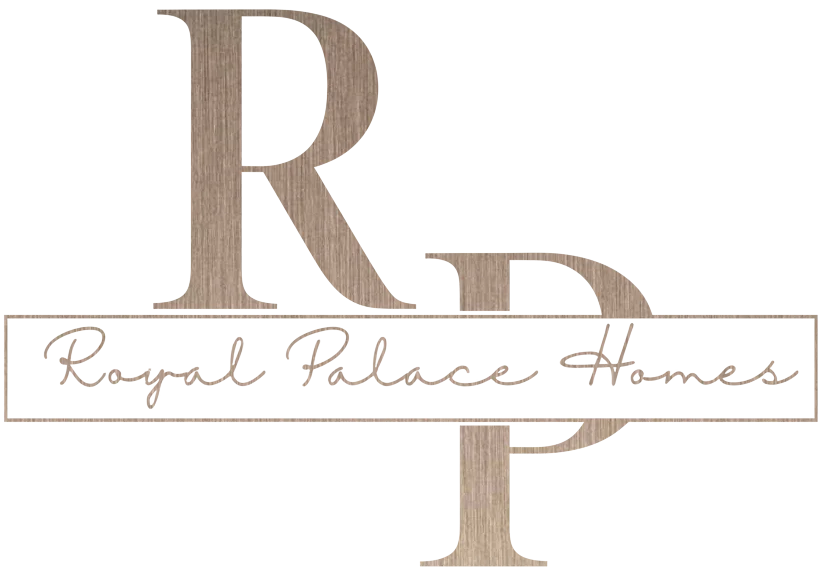Title: Essential Tools and Equipment for DIY Painting Projects
As the adage goes, a fresh coat of paint can breathe new life into any space. Whether you’re looking to update the look of your home or add a personal touch to your living space, taking on a DIY painting project can be a rewarding and cost-effective way to achieve your goals. However, to ensure a successful and smooth painting experience, it’s crucial to have the right tools and equipment at your disposal.
Here are some essential tools and equipment that every DIY enthusiast should have when embarking on a painting project:
1. Paint Brushes and Rollers: Investing in high-quality paint brushes and rollers is essential for achieving a smooth and even finish. Look for brushes with synthetic bristles for water-based paints and natural bristles for oil-based paints. Additionally, having a variety of brush sizes and roller nap thicknesses will allow you to tackle different surfaces and details with ease.
2. Painter’s Tape: Precision is key when it comes to achieving clean lines and avoiding paint bleed. Painter’s tape is a must-have for masking off areas that you don’t want to paint, such as trim, baseboards, and ceilings. Look for a high-quality painter’s tape that offers good adhesion and clean removal to prevent any damage to the underlying surfaces.
3. Drop Cloths or Plastic Sheeting: Protecting your floors, furniture, and fixtures from paint splatters and drips is crucial during a painting project. Use drop cloths or plastic sheeting to cover and shield the surrounding areas, minimizing the risk of accidental damage and making cleanup much easier.
4. Paint Trays and Liners: Pouring your paint into a tray makes the application process more manageable. Look for trays with disposable liners to simplify cleanup and reduce the risk of cross-contamination when switching between paint colors.
5. Extension Poles: For reaching high walls and ceilings without the need for ladders, extension poles are a convenient and essential tool. They can be attached to paint rollers, allowing you to access difficult-to-reach areas safely and efficiently.
6. Sandpaper and Sanding Blocks: Proper surface preparation is key to achieving a professional-looking paint job. Use sandpaper and sanding blocks to smooth out imperfections, remove old paint or varnish, and create a clean and smooth surface for the new paint to adhere to.
7. Paint Sprayer (optional): While not essential for every DIY painter, a paint sprayer can be a time-saving and efficient tool for large painting projects or achieving a flawless finish on smooth surfaces. If you choose to use a paint sprayer, be sure to follow the manufacturer’s instructions and take the necessary safety precautions.
Before starting any painting project, it’s important to ensure that you have all the essential tools and equipment on hand to achieve the best results. Additionally, proper preparation, including cleaning and priming surfaces as needed, is crucial for a successful paint job.
Remember, safety should always be a priority when undertaking any DIY project. Use personal protective equipment such as gloves, safety goggles, and a respirator when working with paint and solvents, and ensure proper ventilation in the workspace.
By having the right tools and equipment at your disposal and following best practices, you can tackle DIY painting projects with confidence and achieve professional-looking results that will enhance the beauty and value of your home. Happy painting!

